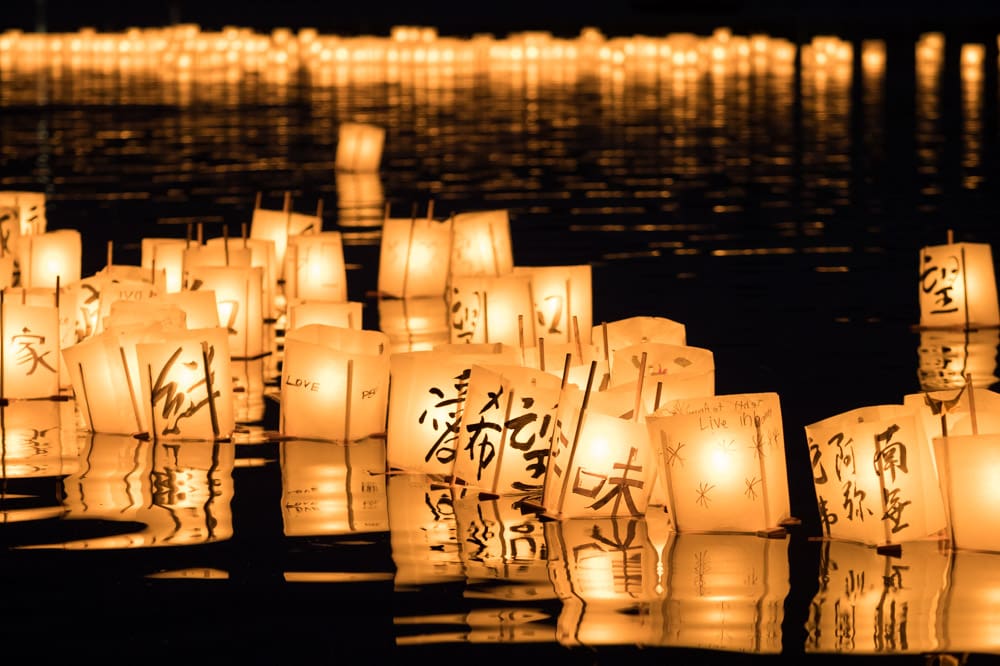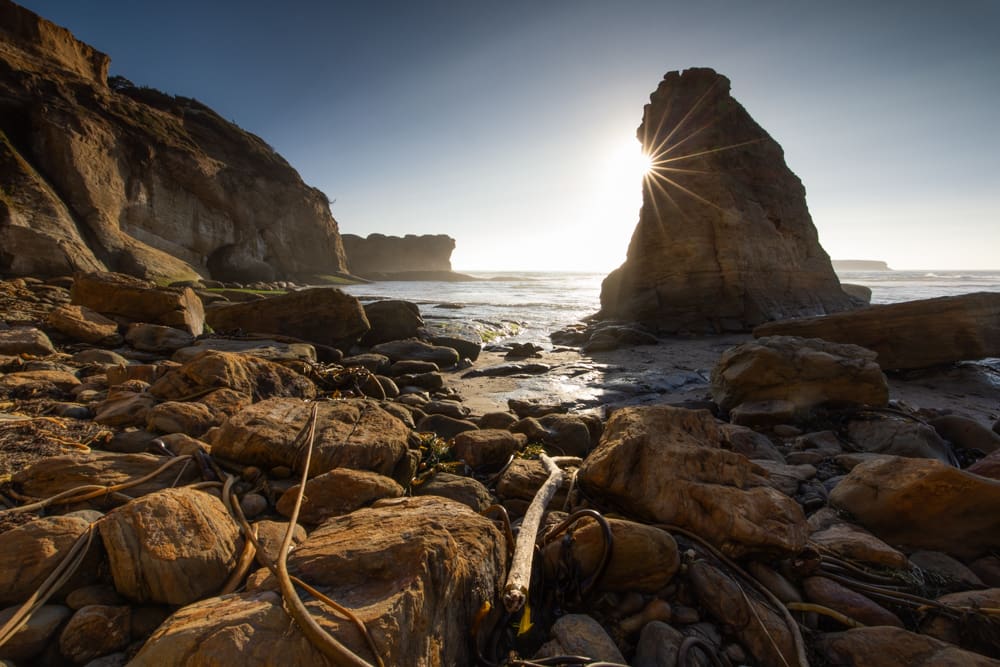Photography is a voluntary activity, one that we participate in either because we enjoy the process, the results, or a mix of both. Photography is also a creative endeavor, one that requires a deceptive amount of effort. As one progresses through the various stages of being a photographer, defining your purpose can easily come into question.
In the beginning
When one starts down the road of photography it’s both exciting and daunting. The photographic world is filled with unlimited destinations. The total collection of photographic knowledge feels like it needs to be learned and mastered. Educating yourself on the fundamentals — lighting, composition, cameras, lenses, and software — feels like it could consume the remainder of your life.
For good or for bad, photography can be pursued and enjoyed on many a level. Grab your phone, open the camera app and start pressing the big button — congratulations you’re a photographer. Like many activities, the most engaging and satisfying experiences will come when you are intellectually involved in the process. Understanding the fundamentals of exposure, focus, composition, and more, makes photography more engaging, exciting, and fulfilling.

Sony A7R III, Canon TS-E 50mm /2.8 L Macro | F/16 | 1.0 SEC | ISO 100
Education’s role in photography, as it is in the rest of life, is really important; but it’s not everything. One needs to balance education with practice. You can’t stay in school for ever. And even if you could, schools are not designed to teach us the same lessons that life can. Schools are designed to prepare us for life, not replace it.
The early years are most fruitful when there is a good balance between education and practice. The ideal ratio of these two factors will vary depending on the situation and the person. I believe the most valuable learning experience begins with a fair bit of field time to build up some real world understanding. Chalking up a few wins, as well as a few hard lessons learned, can cultivate a passion for the craft.
When your knowledge level is sufficient for your chosen tasks you’ll need to look to other goals to keep yourself motivated. This doesn’t mean the learning stops. There’s always learning in photography; it’s an evolving and growing technology and art. As you advance, the focus of your photography shifts from learning to other goals.

Fujifilm X-T3, XF 18-55mm F/2.8-4 R LM OIS @ 45mm | F/8 | 1/60 SEC | ISO 160
The next stage
The purpose of photography and of being a photographer would seem to be — to produce photographs. Taking photos that serve a purpose to a client, a group, or the world in general provides a clear directive for the photographer. Shooting for the local newspaper I was given assignments, usually with a clear directive of what was required. Having a very narrowly focused assignment had benefits, it forced you to focus on exactly what was needed.
“Enterprise Art” was one of the terms used for photographs that were captured apart from our assignments. These photos could be anything from someone walking their dog to a rainbow. The typical day for the photojournalist frequently involved two assignments with the unstated goal of also returning with one or two enterprise art photos.
Depending on where you are, what’s going on in your region, and your state of mind, being given an open slate for returning with quality photos can be very pressure-inducing. Enterprise art was challenging and fun, but it was hit-and-miss on the results. With assignments, you knew you had a subject, a time, and a location. It could also be hit-or-miss on the quality of photos that would result from an assignment; but at least you knew what you were supposed to be focusing on.
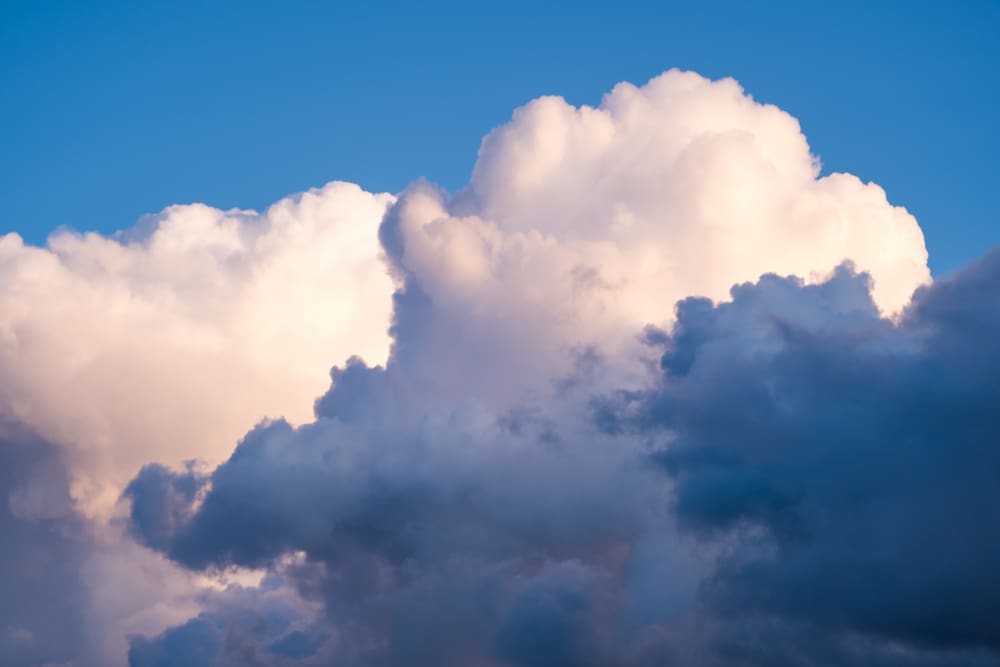
Fujifilm X-T3, XF 16-80mm F/4 R OIS WR @ 55mm | F/5.6 | 1/180 SEC | ISO 160
With finding my own “Enterprise Art” photo, I never knew where the best shot was going to be. Great photos can be anywhere, but they’re not everywhere. I kept a mental list of potential locations and subjects: the city basketball court, the marina, the dog park, the lake. I’d chart a route that would take me by the widest collection of activity that my time would allow for. Sometimes it payed off, other times it didn’t, and once in a while I found subjects far greater than I could ever have predicted. But I never knew what that days result would be until I put out the effort and followed through on my route of discovery.
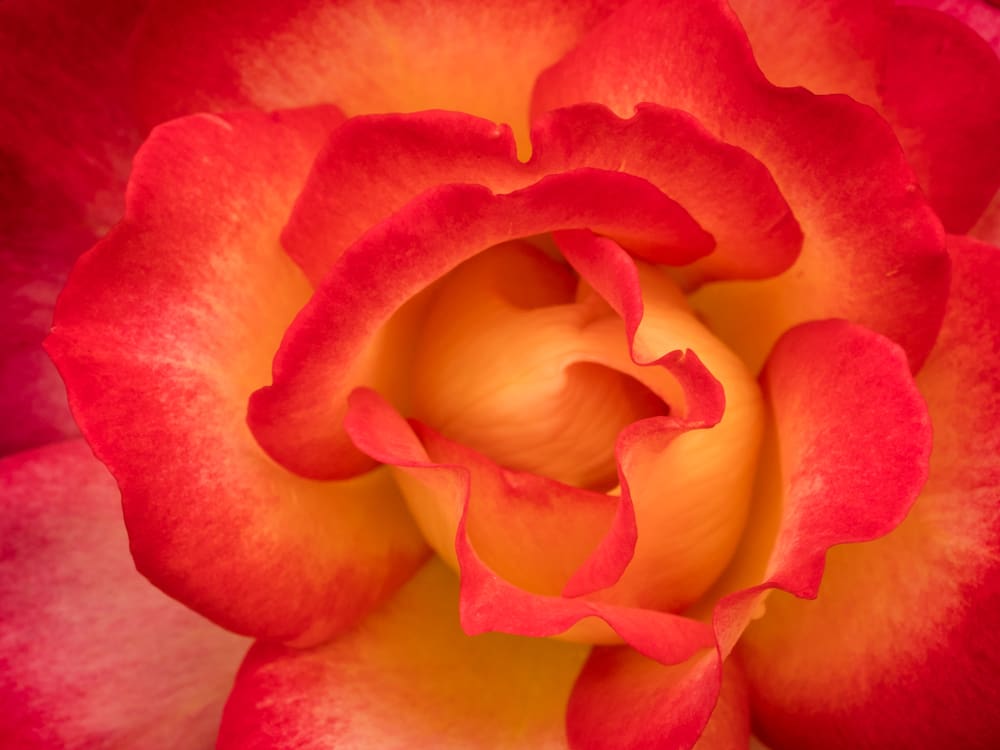
Olympus E-M1X, M 60mm F/2.8 Macro | F/11 | 1/320 SEC | ISO 800
Wedding photography is easy, at least from the assignment perspective. As a wedding photographer it’s clear where the event will take place, who the subjects are, and when the key moments are likely to be. Capturing good, and hopefully great, wedding images is on the other hand very challenging; but in the few weddings that I have photographed (for friends and family) I’ve had no shortage of motivation or direction as to what needs to be done.
The assignment can be the photographers best friend; it guides you, it gives you a purpose, and it provides you with a clearly definable goal. I remember hearing about a photographer that received an assignment to photograph a snowy scene so that the snow looked like salt. Why would an editor want that? That is anyones guess; but you can imagine what that did to the mind of that photographer.
Photographers draw pride from being able to produce quality images in unlikely situations. We’re all creative; we all like to believe that we can achieve success with our unique perspective. Give any aspiring photographer the craziest twist of an assignment and they are likely to lock on to it and give it their best go. It doesn’t matter how practical or impractical the assignment is; as long as it provides direction and inspiration, it serves the purpose of motivating the photographer.
If you are photographing for yourself, then you’re going to be the one both giving and receiving the assignments. This can be the hardest job of all. Finding suitable self-assignments need to balance a proper challenge and an obtainable goal. There are infinite routes to go, but starting with small steps to test the water is most advisable.
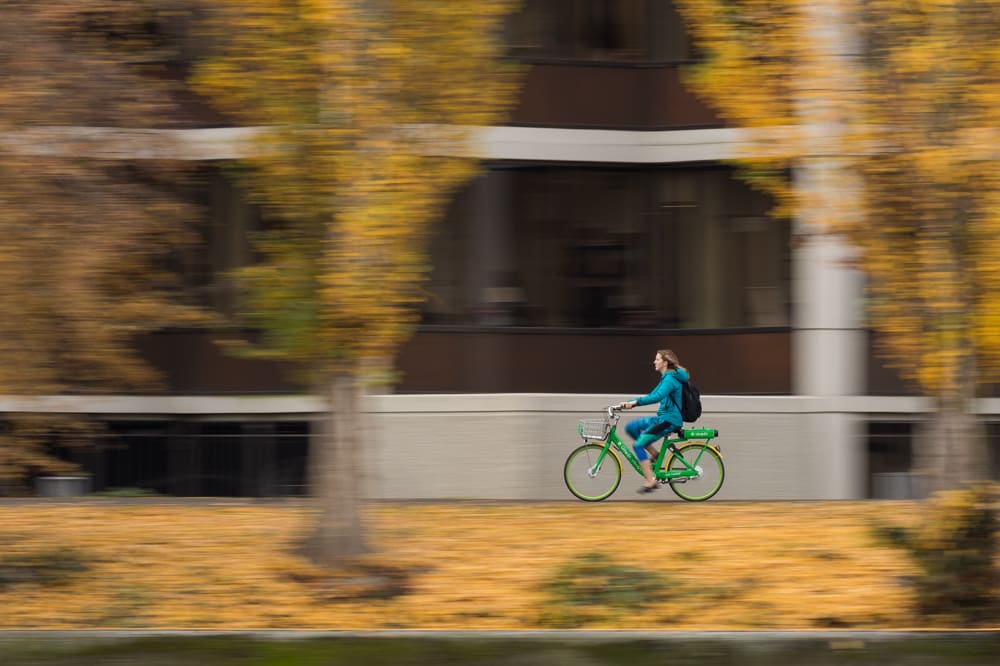
Canon EOS R, EF 100-400mm F/4.5-5.6L IS II USM @ 170mm | F/11 | 1/15 SEC | ISO 100
The professional
If you’re a photographer with the goal of making money, you have a clear goal of providing images that your clients are willing to pay for. The amount of creative input you are expected to provide can vary from 0 to 100% depending on the nature of the job. The best professional photography jobs are ones that provide a healthy amount of creative input.
With no creative input, photography will become boring. Imagine working in a portrait studio where you are to shoot head shots. The owner of the business has developed a particular style that you are to follow. There is a studio camera, on a camera stand, with a particular lens that you are not to alter in anyway. Subjects are to sit in a predefined location and lighting is set and locked in place. Your job is to greet subjects, walk them into the studio, sit them down, and have them look at the camera. You take a series of photos and then have them sign some paperwork.
It’s possible that you might draw some pleasure working with the different people that come in. You might even try to find different techniques to elicit various responses and expressions from the clients. When you have so little control over the process and so little input, you are likely to get bored and lose all motivation. In this example you are technically a professional photographer, but in reality you are just pressing a button to make money. The best professional photographic jobs are the ones where you were given a little direction and a wide creative berth.

Sony A7R IV, Canon TS-E 24mm F/3.5 L II | F/11 | 1.6 SEC | ISO 100
The enthusiast
If you pursue photography not for the money but because you either enjoy the process or the results, you are an enthusiast photographer. The number of photographers taking photos for free is far greater than the pool of professionals. Photography frequently is listed among the most popular hobbies or free-time activities. Survey results show that almost 20% of people fancy themselves a photographer.
No matter what type of device you use to capture images, the idea of capturing moments and sharing them with others is a compelling prospect. When starting photography the results are the purpose; but when it becomes apparent how important the process is, the photographers’ mindset and motivation changes.
Going through the learning process and the gear acquisition phase there are many obvious motivational influences. But once a level of proficiency has been achieved and suitable gear obtained, one may falter when looking for a direction or motivation.
Purchasing more and better gear almost always raises hopes that the process or results will be better. We’re not getting into a full-blown G.A.S. (Gear. Acquisition. Syndrome.) discussion now, but, suffice to say, it’s not a good long-term solution for finding motivation or direction.
Finding purpose can be difficult with an optional activity. In short, you are going to need to make a decision and take action on your own to force yourself onto a path forward. You can, and should, think carefully about your options; but you can’t put it off for too long. You need to make a decision; it doesn’t have to be a big one, it just has to be one that gets you moving in the right direction.
To find purpose or motivation for your photography you can choose to focus on the process or the output.
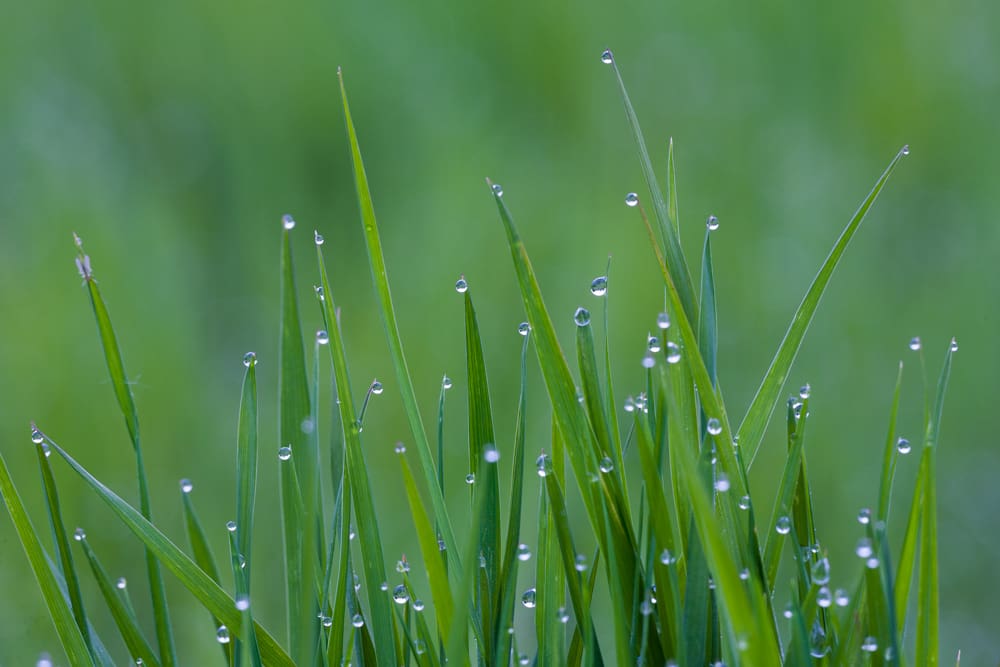
Canon EOS 5D, EF 300mm F/2.8 L IS USM | F/11 | 1/6 SEC | ISO 100
Output
What type of photos do you like to take? Who could benefit from those photos? Answer those two questions and you’ll be on the right route to finding a purpose. Chances are that you may not find a perfect fit between your photographic passion and a welcoming recipient.
Maybe you love to photograph in national parks but your talents might be more valuable to the local parks volunteer preservation committee. Photographing in your local park isn’t as exciting as visiting a notable national park, but the resulting photos could be very beneficial to promoting the park and raising funds to keep it maintained. You can think of the skills learned with the city park being applied to the national park or vice versa.
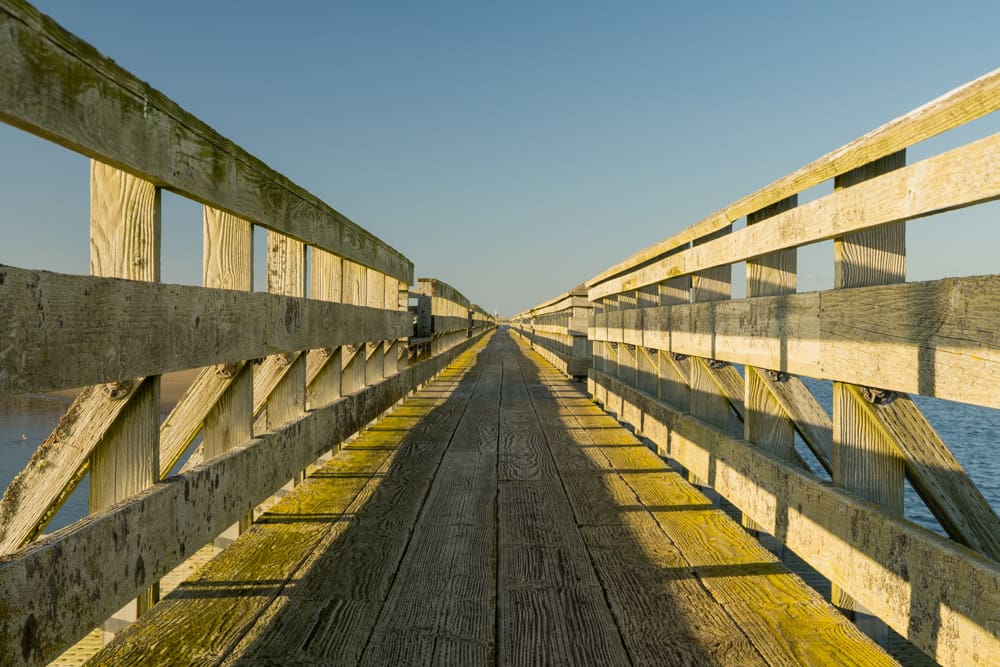
Sony A7R IV, Canon TS-E 50mm F/2.8 L Macro | F/16 | 1/13 SEC | ISO 100
Process
Many enthusiast photographers are deeply attached to the process of photography. Asked whether they derive more enjoyment from the act of taking photos or the results, most prefer the process. It’s hard to ignore the resulting photographs, but there are lots of benefits to partaking in an intellectual and creative process. It’s okay not to have an immediate use for your photographs.
Photography is a healthy activity. It involves mental, physical, social, intellectual, environmental, and other aspects of life and our world. What and how you photograph has infinite options. You can climb the highest mountain or you can sit on a park bench; your involvement and style is only limited by your creativity.
You can choose to go out photographing just because it’s something you enjoy. We’ve heard for years that the worst day of fishing is better than the best day at the office; I have a similar sentiment about photography.
Set out to go find some photos;, maybe you’ll succeed, maybe you won’t. The measure of success isn’t necessarily the photographs that you return with; it’s what you’ve seen, experienced, and learned. Maybe you didn’t return with any great photos, but you walked five miles, visited four city parks, pet three dogs, chatted with two friendly tourists, and saw one nice sunset. That sounds like a pretty good day to me.
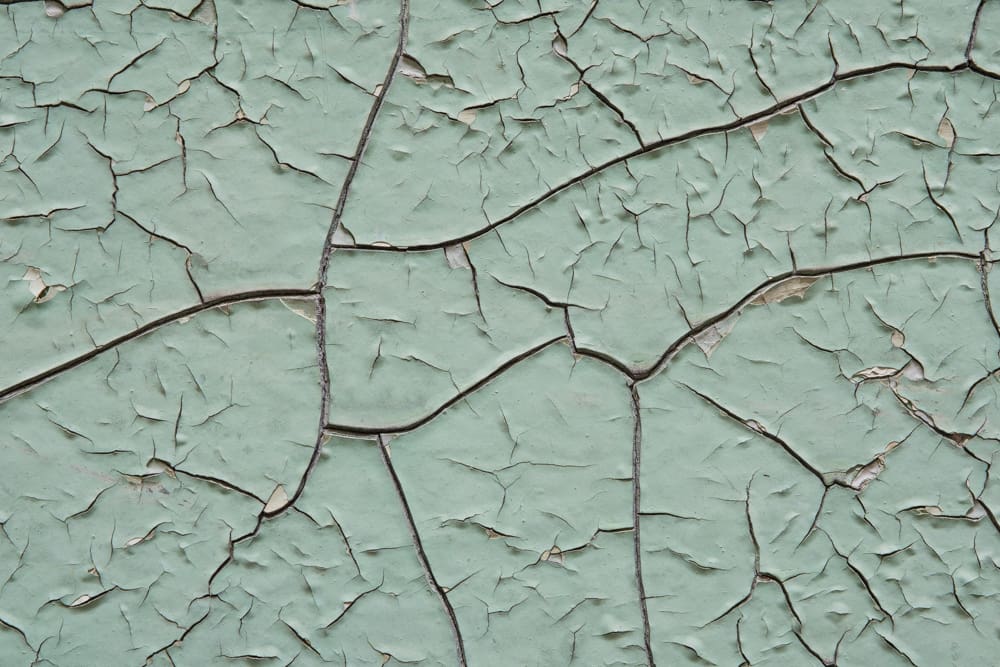
Fujifilm X-T3, XF 16-80mm F/4 R OIS WR @ 60mm | F/11 | 1/5 SEC | ISO 160
The second goal
You can choose to make photography a secondary objective in deference to a more important goal. Perhaps you would like to get in a good walk, but you know if you go for a photo-walk, you’ll spend most of your time not walking. Prioritize a goal like walking twice around the lake, or 7 miles, or to the downtown library and back. Then set a secondary photographic goal that won’t significantly interfere with the primary objective. Setting a photography goal of returning with three good photos, capturing an abstract image, or documenting important landmarks along the way are all reasonable objectives that won’t interfere with the primary objective.
Travel is likely the easiest prime goal to match with photography as a supporting element. New environments are easy targets for photographers, but it’s not feasible or reasonable to travel all the time to support your photographic interest. Exploring close to home, but new to you, is far more reasonable and doable.
A big part of the reason I chose to pursue photography is because I knew it was a full-of-life experience. It keeps you mentally stimulated, you can add in as much physical effort as you like (or you are able to), you can involve other people, or you can avoid everyone and be all by yourself. The very nature of the photographic process yields the evidence of your experience. Those moments made permanent by pixels, or silver halide crystals are then embedded in our memory.
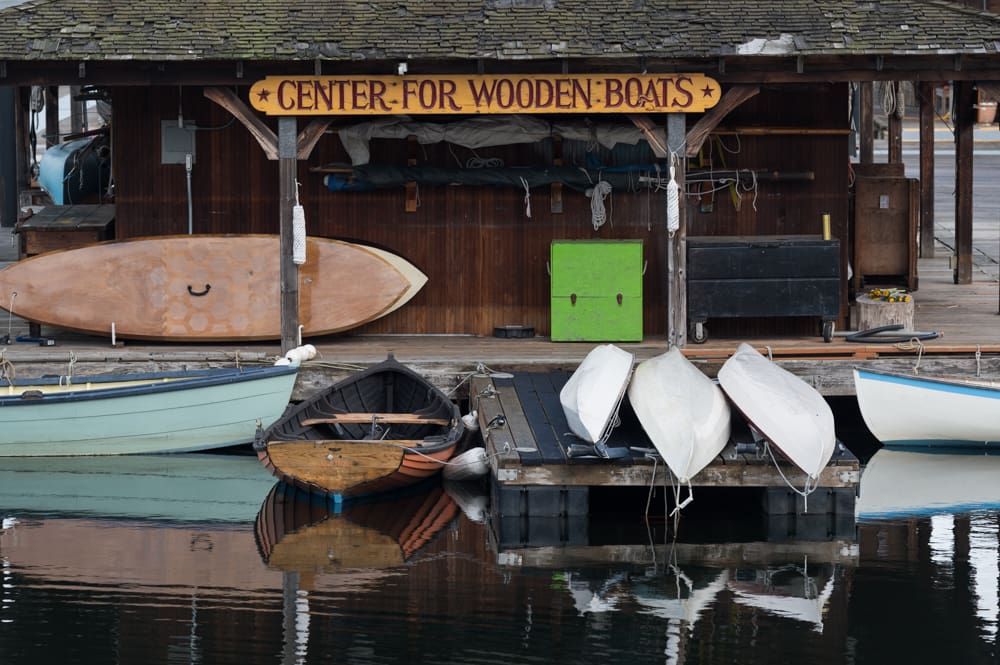
Nikon D780, F 70-200mm /4 VR G @ 160mm | F/5.6 | 1/100 SEC | ISO 200
Photography is a life affirming activity. It gives you reason to roam, ask questions, be curious (nosy). It can give you motivation for doing something new, something different, something unlikely. In your efforts to pursue photography, it will return to you memories, lessons learned, as well as being a visual record of your point of view and interests.
Photography is the perfect outlet when you need a little “me” time. If you need a break from the office politics, the family pressure, or your daily routine, focusing on your observational skills, your awareness of light, and your creative compositions can provide the perfect diversion. Finding images and skillfully capturing them are difficult to do well if you’re not fully immersed in the present.
I don’t see photography as geared to any specific age, but I do believe that there are many benefits to be obtained by older individuals. The variable levels of physical and intellectual involvement allow photography to be enjoyed in many ways at a variety of levels. Practicing technical and physical tasks, along with the creative input, make for a healthy activity.
There are lots of reasons and motivations for being a photographer. Some objectives are easier to find and define, while others will require a bit more contemplation. Even if you can’t find an immediate and definitive use of your photos, the process of creating photographs is a healthy and positive activity. Photography can be your partner for almost every endeavor imaginable. It’s up to you where and how to incorporate photography into your life.
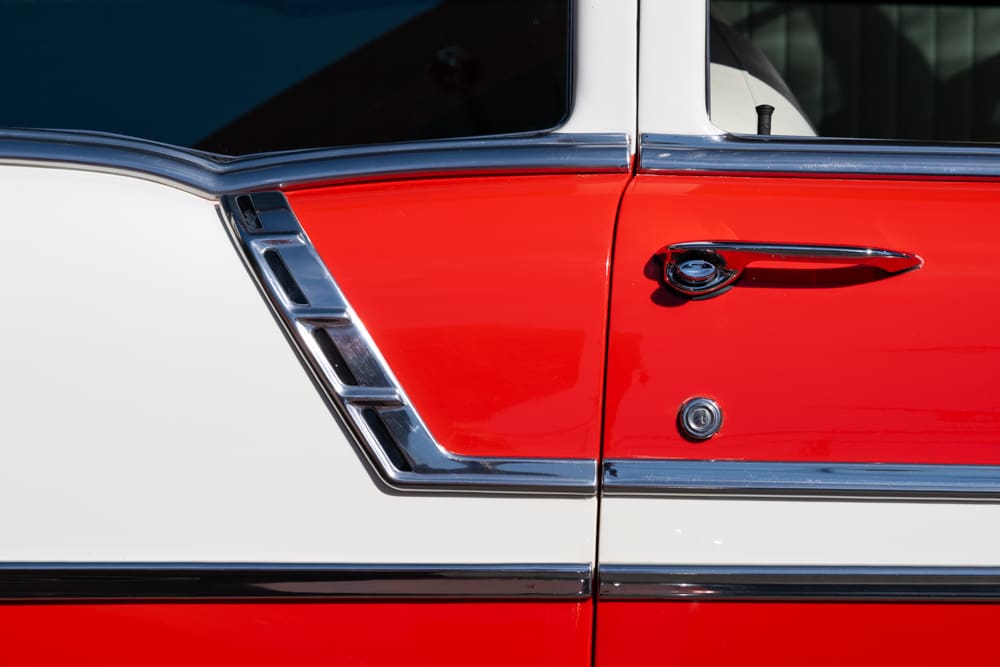
Nikon Z8, Z 100-400mm /4.5-5.6 VR S @ 165mm | F/11 | 1/250 SEC | ISO 100
I encourage you to keep photographing. The purpose and benefit may not be clear to you now. But years down the road you’ll think back and remember the time you went down to the beach, visited the neighboring town, or the auto show far more than you’ll remember sitting on your couch endlessly scrolling on your phone. Photography might be about capturing the moments of the here and now, but the benefits to pursuing this craft lead to a life well lived.
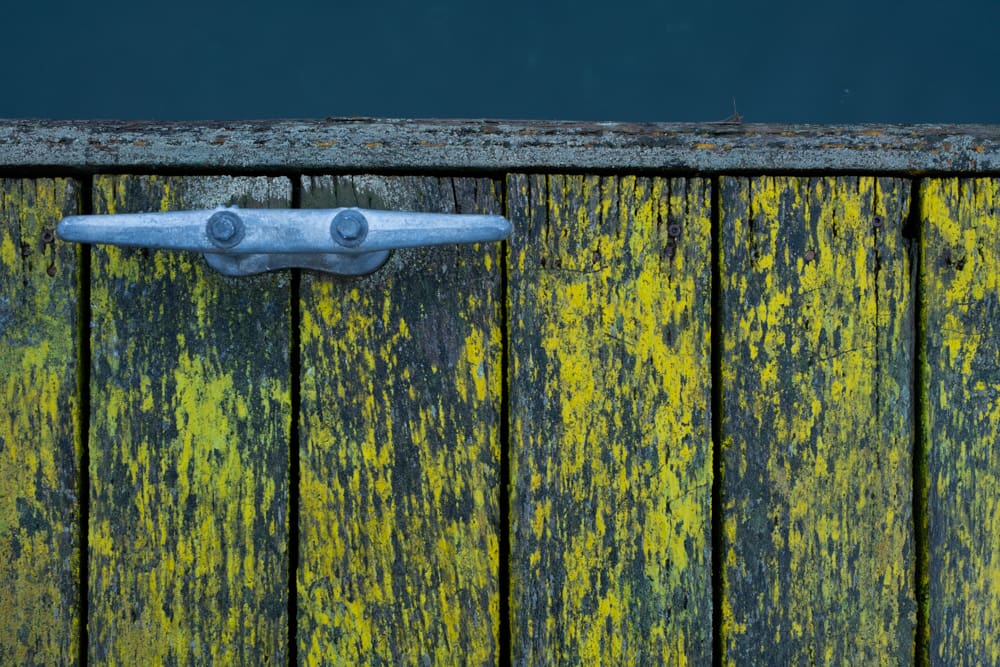
Sony A7R IV, Canon TS-E 50mm /2.8 L Macro | F/5.6 | 1/8 SEC | ISO 400
Become part of John’s inner circle
Sign up for the newsletter here — it’s free.
Want to become a better photographer?
Check out John’s selection of photography and camera classes here.
